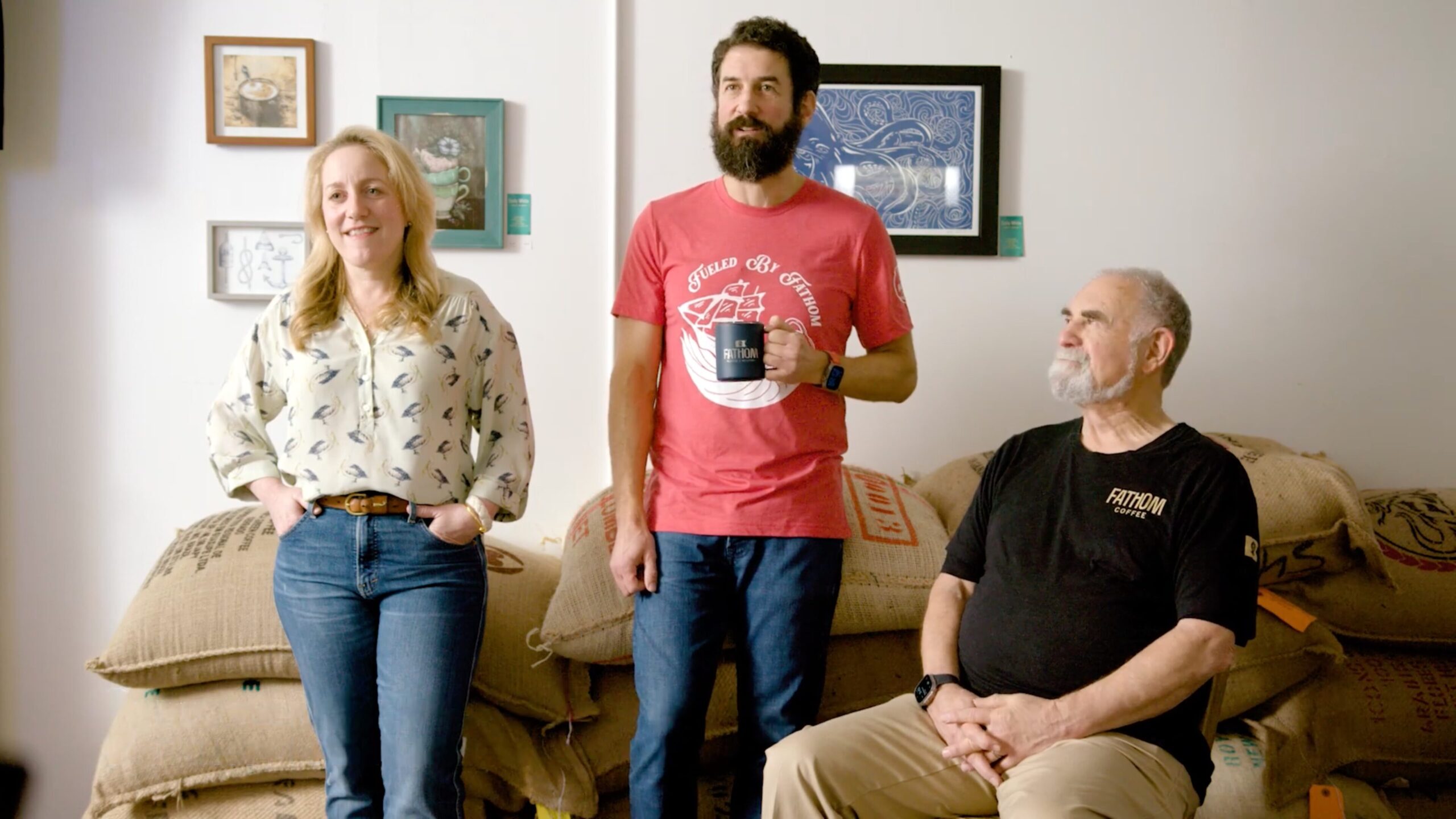
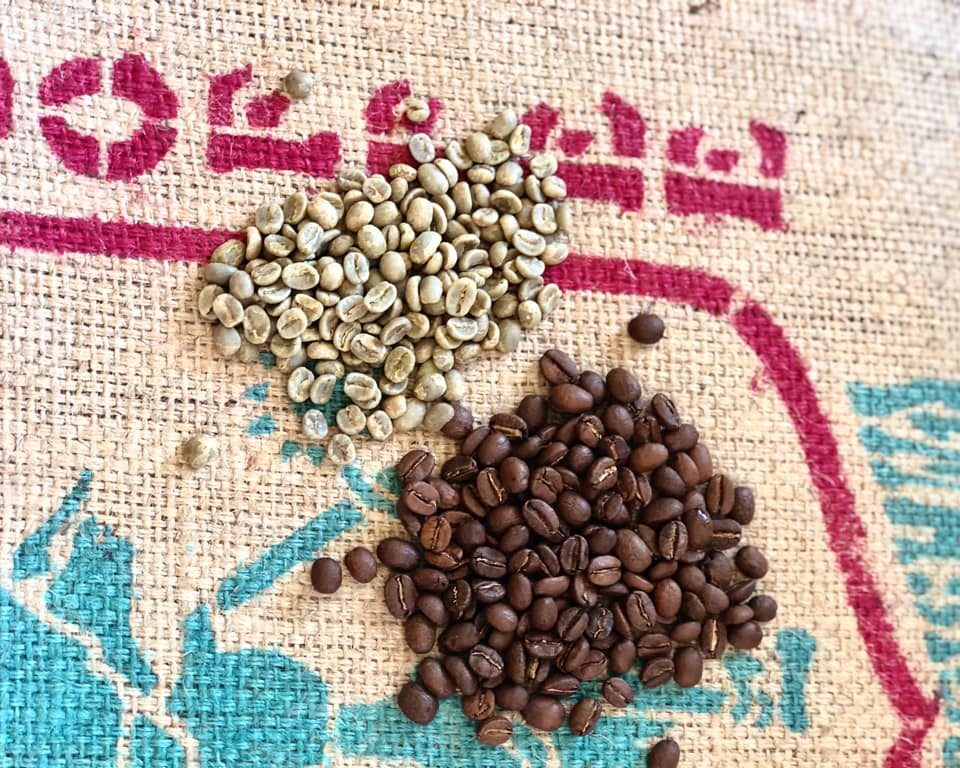
Coffee has become one of the most popular beverages on the planet. We’ve become quite dependent on it, with 75-80% of people worldwide consuming caffeine regularly. We wouldn’t be surprised if you had a cup of joe in your hand as you read this.
Something we don’t always consider is the coffee bean – how it’s roasted and where it comes from. As Bob Werby, Chief Roaster at Fathom Coffee, says:
“You can ruin good beans. But there’s nothing you can do to roast bad beans and turn them into a good cup of coffee. We only buy beans that score 80 or higher (for excellent or outstanding) on the rating scale set by the Specialty Coffee Association of America.”
These beans produce “specialty coffee,” the highest grade available in the world.
The key to a successful coffee journey is getting the “good beans.” So consider this guide a treasure map to finding the best beans in the world.
Whether you’re a professional coffee roaster, a coffee enthusiast, or you just want to learn how the java in your hand got from the field to your cup, you’ll want to keep your map handy.
The truth is you don’t have to settle for the subpar stuff you’ve been horking down. We’ll show you exactly where to look for the top beans – so you can get away with drinking only the best coffee.
On Deck
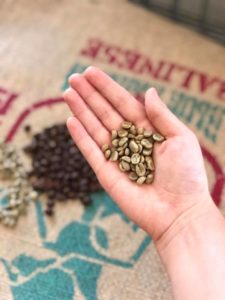
According to the International Coffee Organization, there are currently 42 “Exporting Member Countries.” These countries produce coffee, and their exports exceed their imports. There are also seven “Importing Member Countries.” These countries also produce coffee, but their imports are greater than their exports.
These 49 countries represent 97% of world coffee production.
The leading coffee regions of the world are South America, Central America, The Middle East, Africa, and Southeast Asia. The top coffee-producing countries all exist along the equator between the Tropic of Capricorn and the Tropic of Cancer. This part of the world is known as the “Bean Belt.”
Countries along the Bean Belt have the ideal soil, climate, and altitude to produce the best coffee beans: healthy and rich in flavor. Coffee trees are like tall bushes that grow bunches of cherries. Inside the cherries, you’ll find two seeds – your coffee beans!
Though the coffees from these countries are often produced under similar conditions, they all have distinct flavors unique to their regions. The specific soil makeup, altitude, weather, and processing techniques impact the natural flavors in different coffees.
The countries that produce the most coffee (all located along the Bean Belt) are:
Before we dive into details about specific coffee-growing regions, let’s sort our beans into two main categories: Robusta and Arabica. While there are more than 120 types of coffee plants in the world, most of our coffee comes from these two plants: Coffea canephora/Coffea robusta and Coffea arabica.
Arabica originated in Ethiopia and accounts for roughly 60% of world coffee production today.1 The beans require moisture, sun, and rich soil, which can be found in subtropical climates. Arabica beans are fragile and must be grown in higher elevations (600–2,000 meters or about 2,000–6,500 feet).
Arabica coffee can have a wide range of flavors, depending on where it’s grown. The flavors are generally much sweeter, tangier, or fruitier than Robusta. Arabica beans are more difficult to grow (due to their delicate nature), so they cost more than Robusta beans. However, they’re also better for the planet and healthier to consume (more on this below).
Robusta coffee accounts for around 30% of the world’s coffee production. The plant originated in Africa, is highly resilient, and grows at lower altitudes (200–800 meters or about 650–2,500 feet).
This coffee is more bitter and has an earthier and more neutral flavor than Arabica. It’s commonly used for dark roast coffee, espresso, and instant coffee. It’s also higher in caffeine, lower in sugar, and less acidic than Arabica.
Robusta isn’t typically as “healthy” as Arabica due to the way it’s grown. Monocropping – cultivating the same crop on the same land year after year – is common practice for growing hardy Robusta plants. However, it can erode the soil and deplete its nutrients.
Here we explore specific regions so you know what to expect when purchasing different single-origin coffees. We cover the areas along the Bean Belt and other areas growing in popularity (and producing top-notch coffee) today.
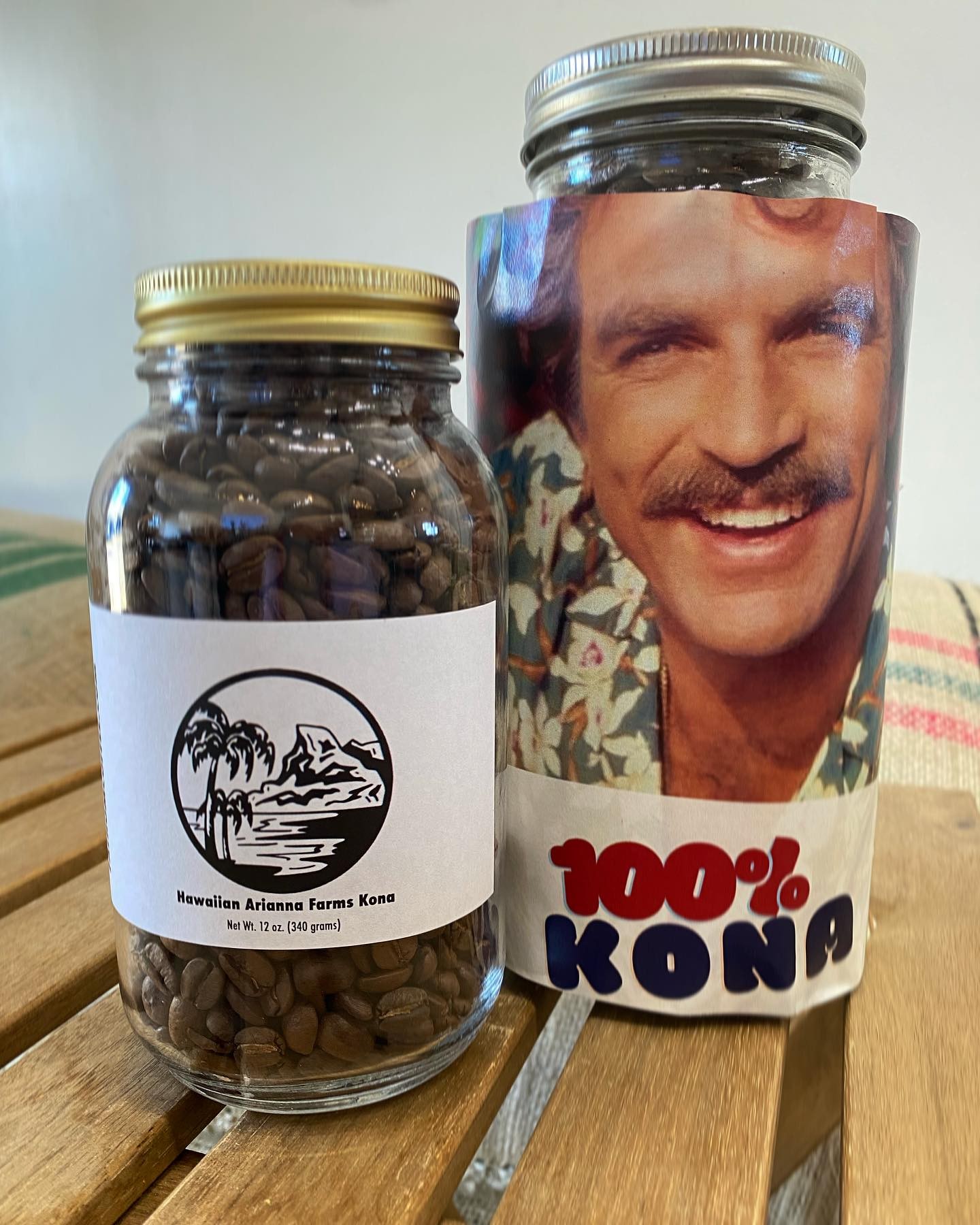
The areas producing specialty coffees in North America are Mexico, the United States (Hawaii), and the Caribbean (Jamaica). The state of California, Puerto Rico, Antigua, and the Dominican Republic also produce coffee.
Fun Fact: Coffee is the second-highest value crop in Hawaii, and nearly 1,000 coffee farms are sprinkled throughout the islands. Kona is the state’s top-producing region – known throughout the world for its aromatic, smooth, and delicate coffee.2
The top coffee producers in Central America are Guatemala, Costa Rica, Honduras, Nicaragua, Panama, and El Salvador. The beans grown in this region are well-balanced and have a bright taste. They also have medium acidity and are medium or mild-bodied – making them an excellent bean for the everyday Joe (pun intended).
Fun Fact: Costa Rica has the perfect climate for growing coffee rich in flavor. It was the first country in Central America to process coffee for commercial purposes.3
South America holds two of the world’s largest coffee producers: Brazil and Colombia. Other countries producing specialty coffees in this region are Ecuador and Peru.
South American coffees are similar to Central America’s – mild-bodied, clean, and light. They can, however, taste creamier and have a chocolatey aftertaste.
Fun Fact: Brazil has been the world’s largest coffee supplier since the 1840s4 and has 10,000 square miles of plantations.
Southeast Asia produces most of the world’s Robusta beans. This region’s beans tend to be bold, earthy, rich, herbal, and full-bodied. Countries in this region include Indonesia, Laos, Papua New Guinea, the Philippines, and Vietnam.
Indonesia has several subregions that produce excellent coffees: Flores, Bali, Java, Sumatra, and Sulawesi. You’ve likely tried some of the coffees from these areas. They’re often used in blends. Vietnam is also noteworthy as the second-largest coffee exporter globally, producing mainly Robusta coffee.
Fun Fact: Sumatra has a world-class reputation for producing Arabica coffee with low acidity and a rich, smooth, dark chocolate flavor.
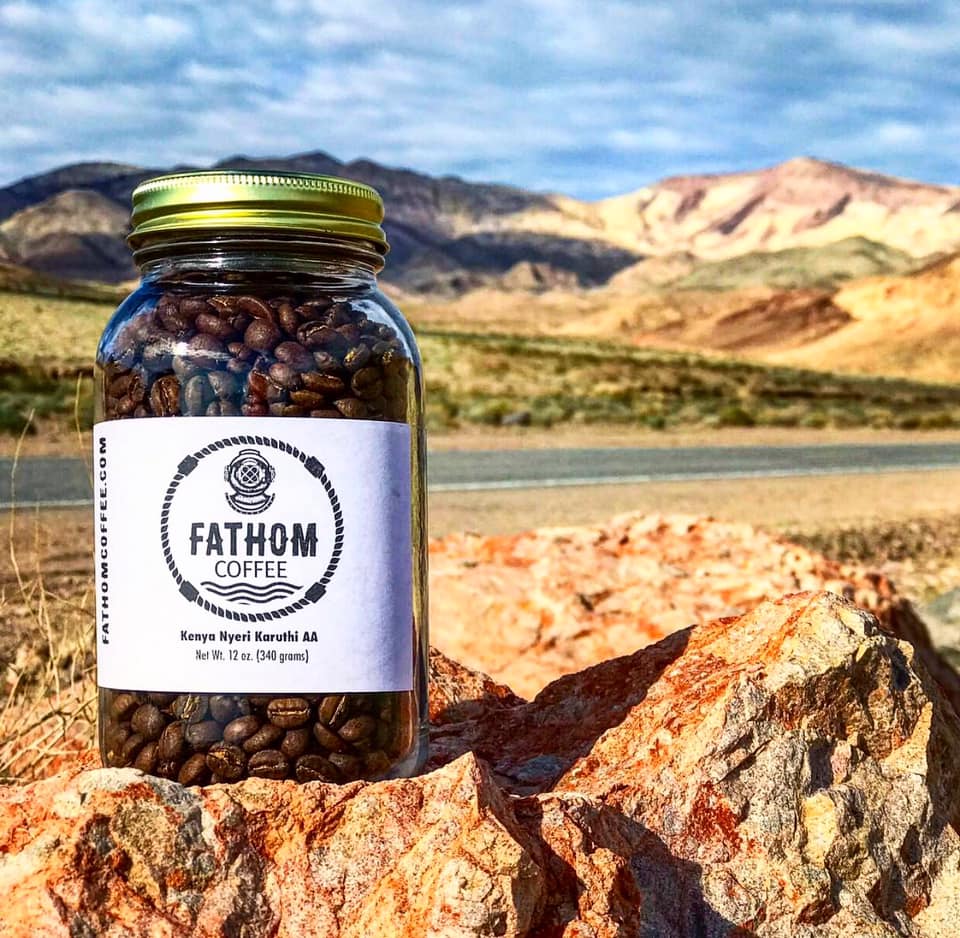
Africa has many coffee regions. The western countries produce mostly Robusta coffee while the eastern countries grow Arabica. The top-producing countries are Ethiopia, Kenya, and Tanzania. African coffees vary in flavor but are generally full-bodied, fruity, floral, delicate, and sweet.
East Africa Countries (Arabica)
West Africa Countries (Robusta)
Central Africa (Robusta)
Fun Fact: An Ethiopian legend tells of Kaldi, the goat herder who discovered coffee after witnessing his goats’ boost in energy from eating berries. The true story of who (or what) discovered coffee in Ethiopia is unknown.5
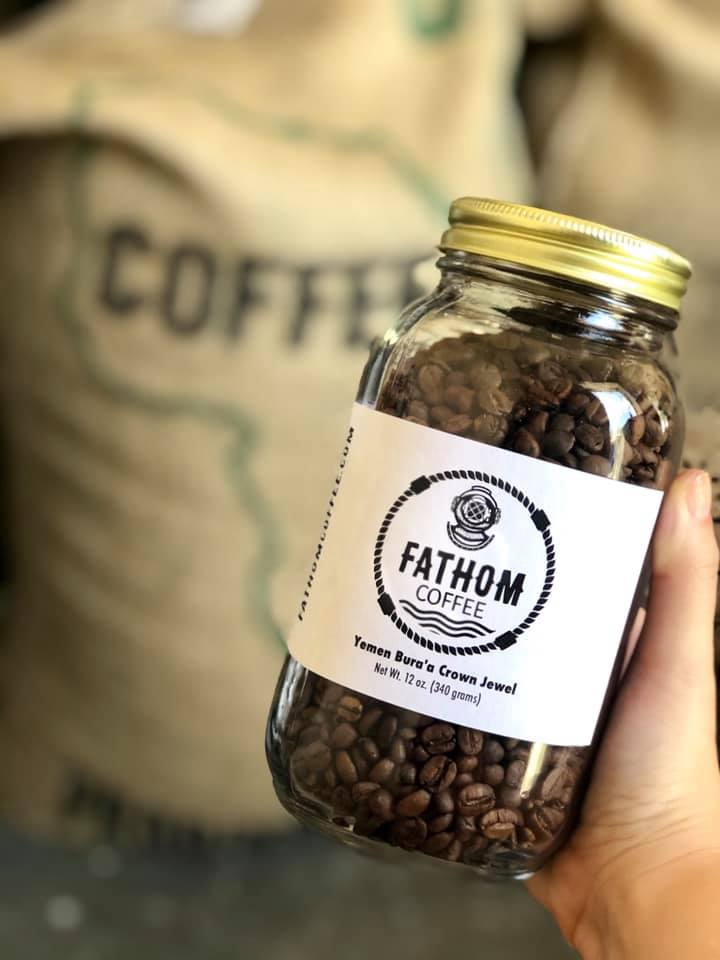 Yemen is known for producing some of the best quality coffee globally. Its Arabica coffee plants originated in Ethiopia, and they date back to the 15th century when first planted in Yemen. The plants are grown at extremely high altitudes. The coffees have a complex, sweet flavor with chocolate, fruity, or floral notes.
Yemen is known for producing some of the best quality coffee globally. Its Arabica coffee plants originated in Ethiopia, and they date back to the 15th century when first planted in Yemen. The plants are grown at extremely high altitudes. The coffees have a complex, sweet flavor with chocolate, fruity, or floral notes.
Fun Fact: Al Makha, a port city in Yemen, was once known for its export of some of the world’s finest coffee beans – known as Moka or “mocha.” While not directly related to the mocha drink we know and love today, people often describe Yemeni coffee as chocolatey.
India produces both Robusta and Arabica coffee beans. Grown on hilly slopes, mountainous regions, and high-altitude rain forests, Indian coffee is truly unique. The result is often medium or full-bodied coffee with low acidity and sweet, sometimes spicy, flavor notes.
Fun Fact: India is known for its unusual “Monsooned Malabar” coffee. In the monsoon season, the beans are harvested and set out to absorb moisture for 3-4 months, so they swell and turn white.
The answer to this question is subjective, so we had avid coffee drinker and co-founder of Fathom Coffee Jeff Werby weigh in:
“In the past, we preferred coffees from Kenya and Ethiopia. But now, we regularly drink high-quality, specialty coffee from everywhere in the world. I’ve really enjoyed coffee from Flores. Lisa DeNoia (another co-founder) is a huge fan of our Bali Blue Moon. And you can’t go wrong with our high-altitude Colombian, Costa Rican, or Guatemalan coffees.”
Fathom Coffee has single-origin coffees from the world’s top coffee regions. We proudly roast a significant variety of (highly vetted) origins in small batches. Currently, we have 21 coffees on tap and ready to brew!
Don’t settle for average when you can get the best.
Sources

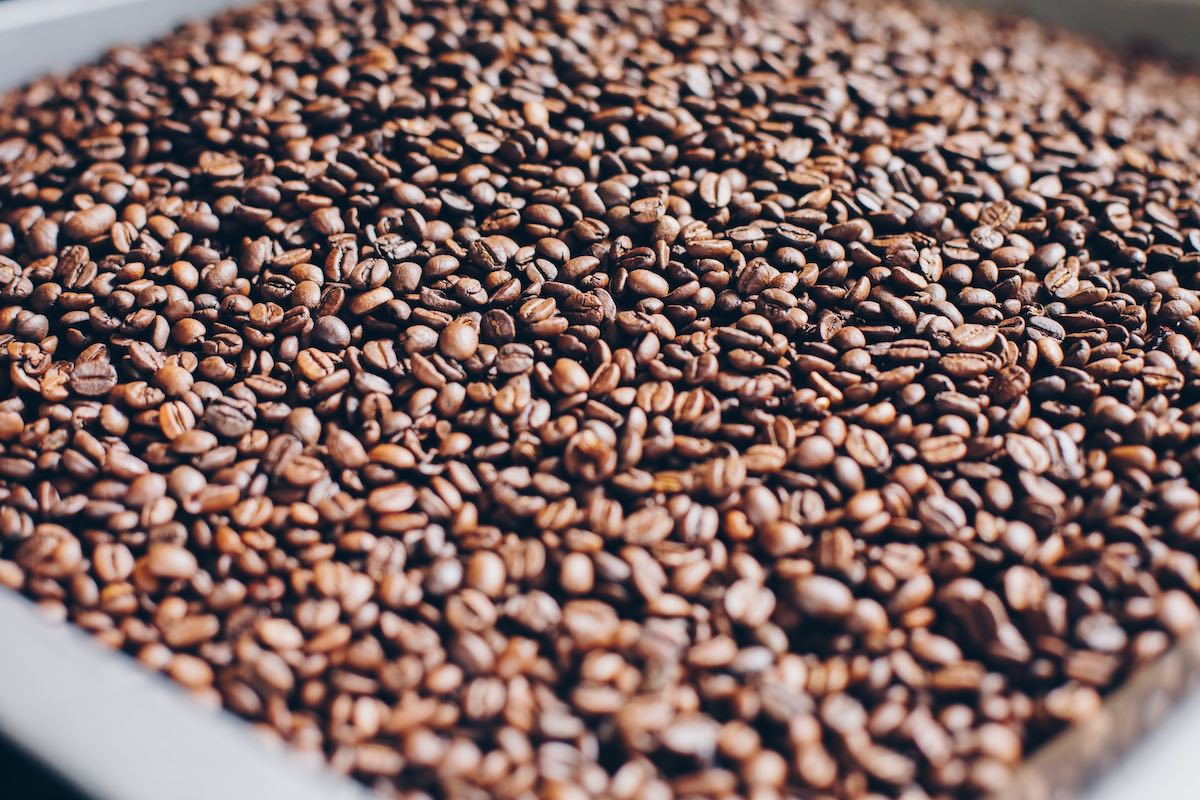
India is the sixth largest coffee exporter in the world. But it hasn’t always been that way. From smuggling a few measly coffee beans into
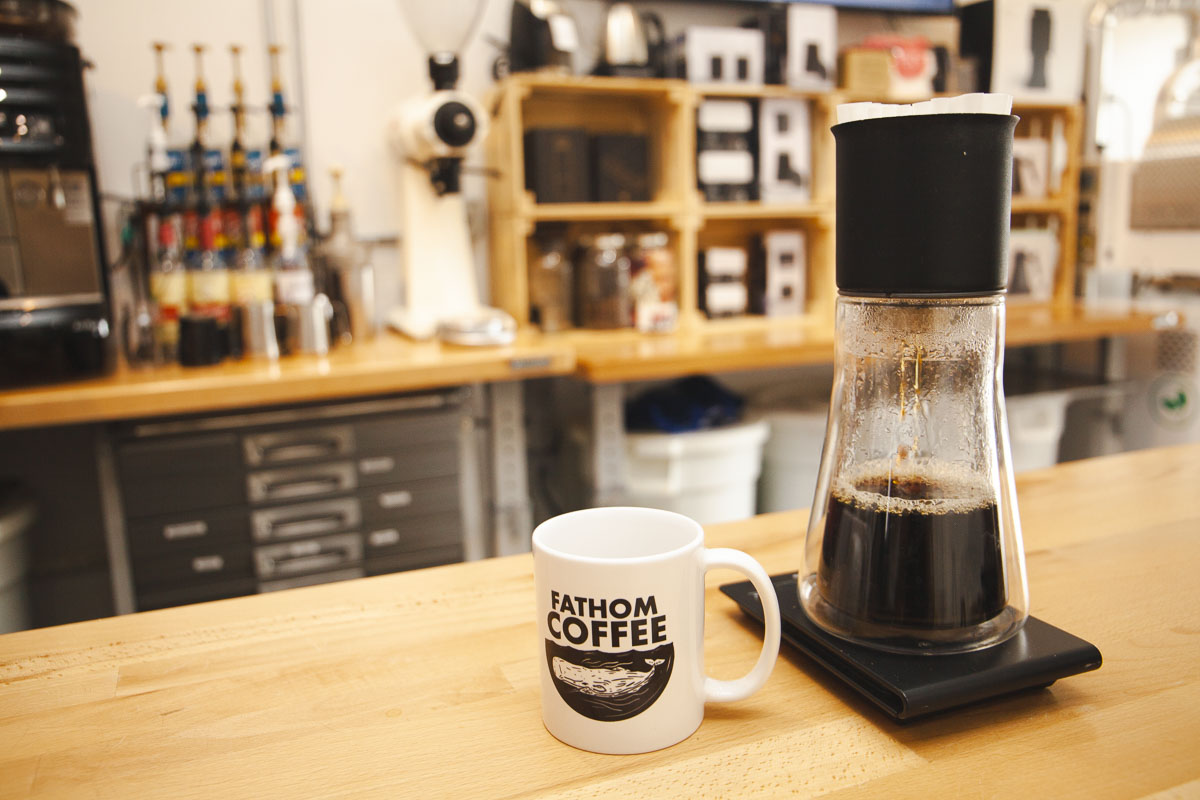
Coffee is a lot of things: comforting, energizing, tasty, even trendy. But did you know it also has an abundance of health benefits? If you